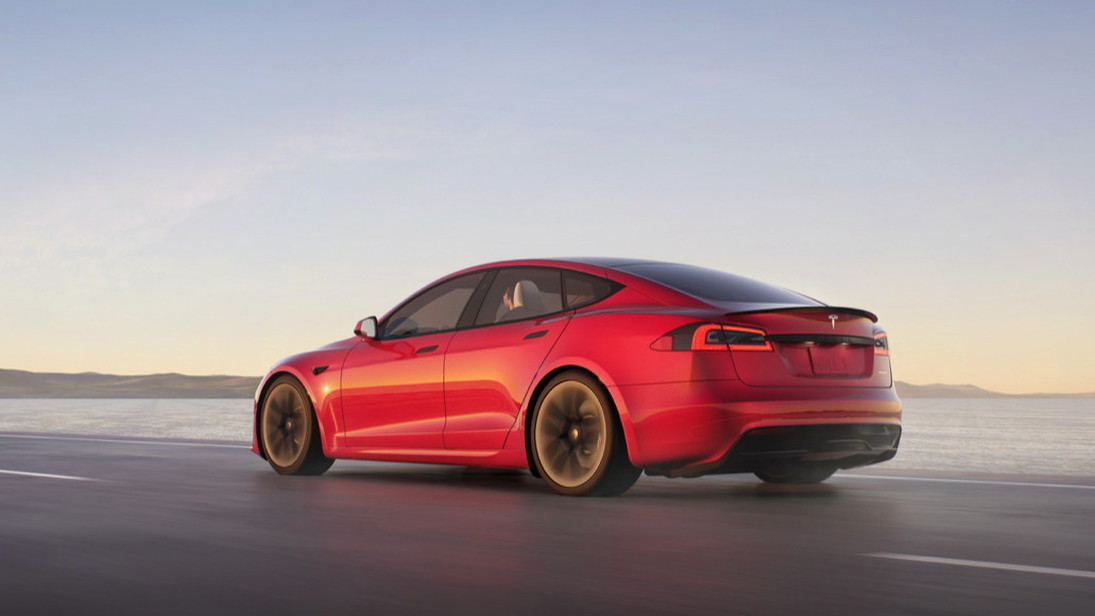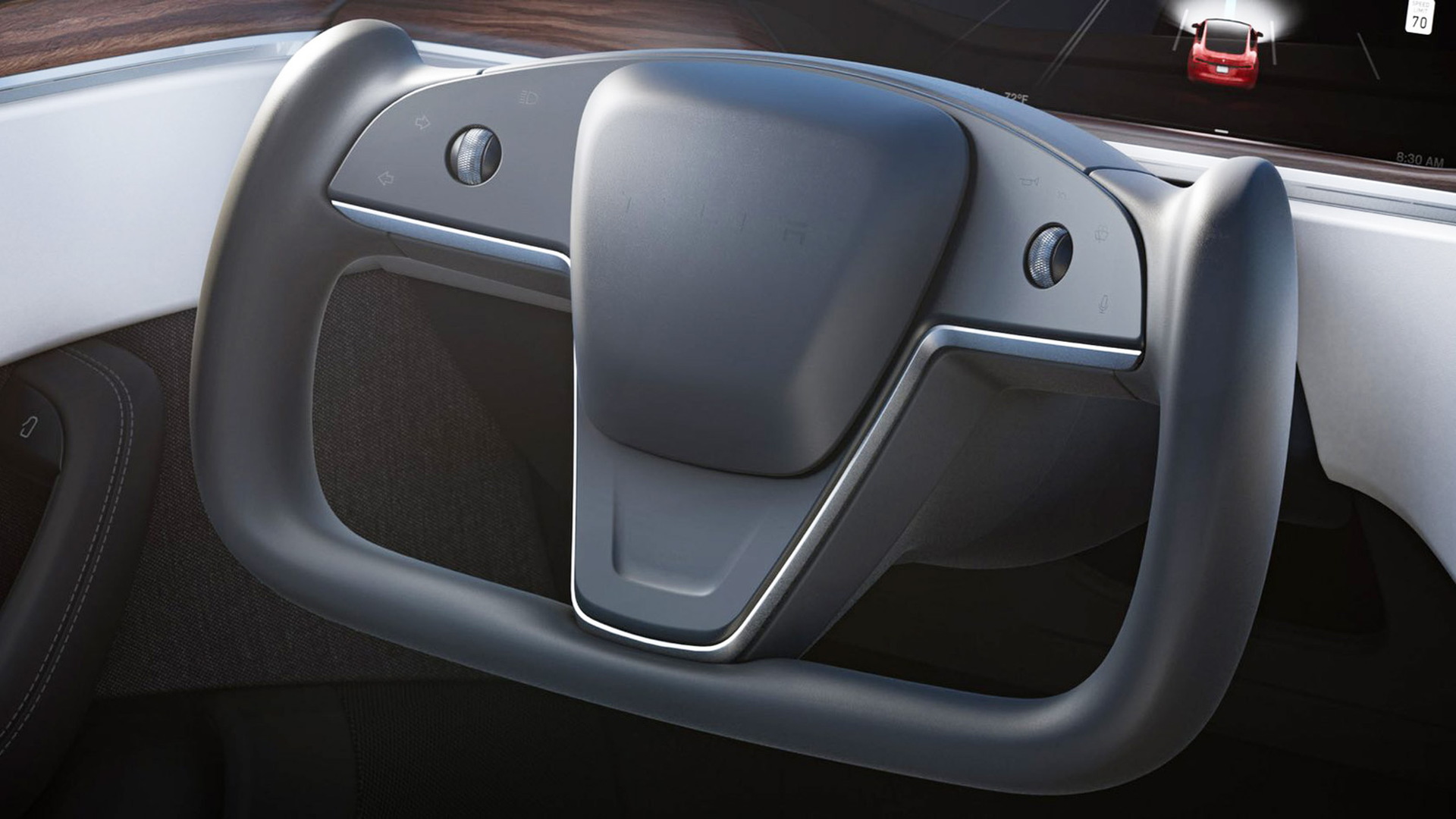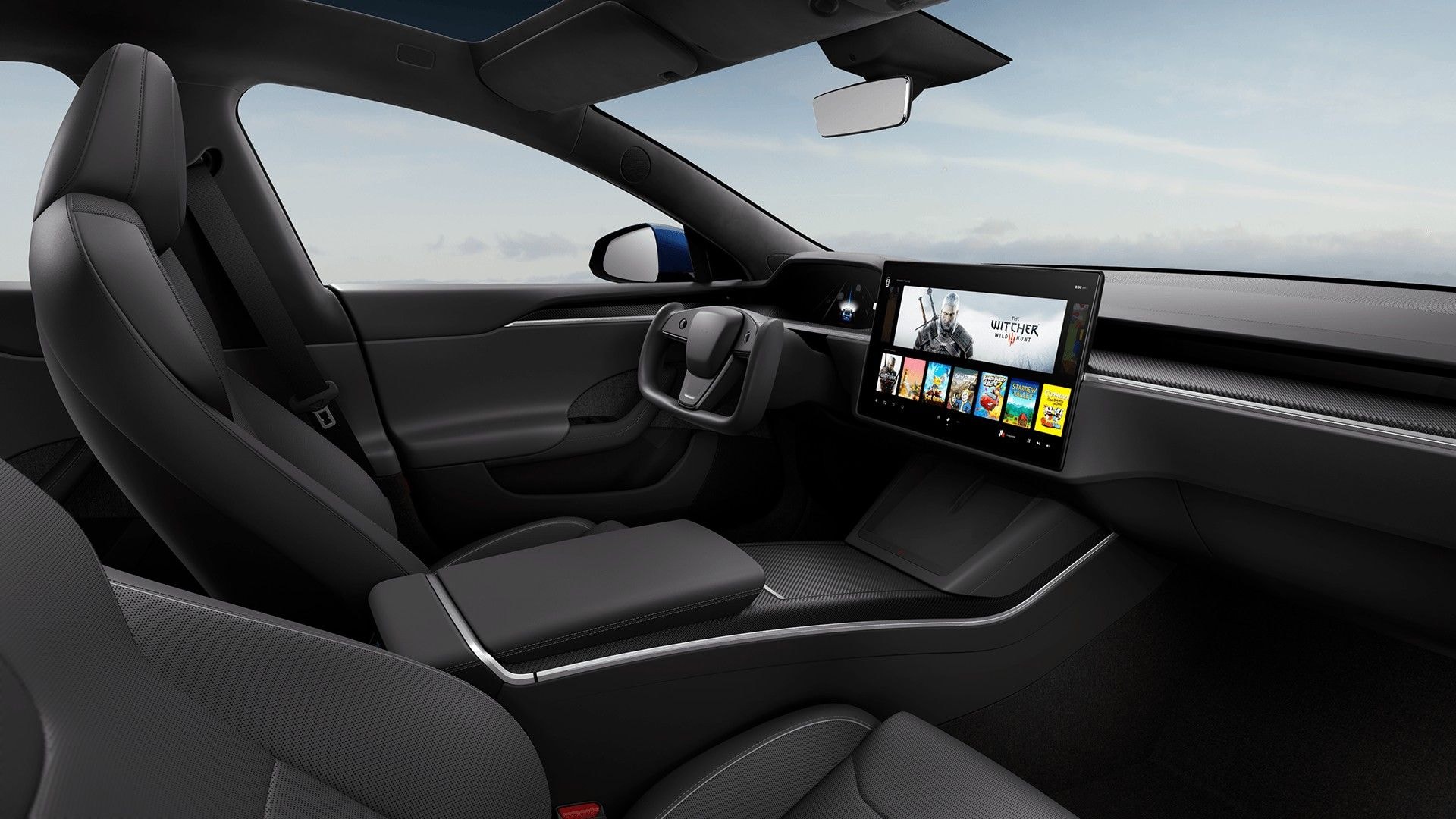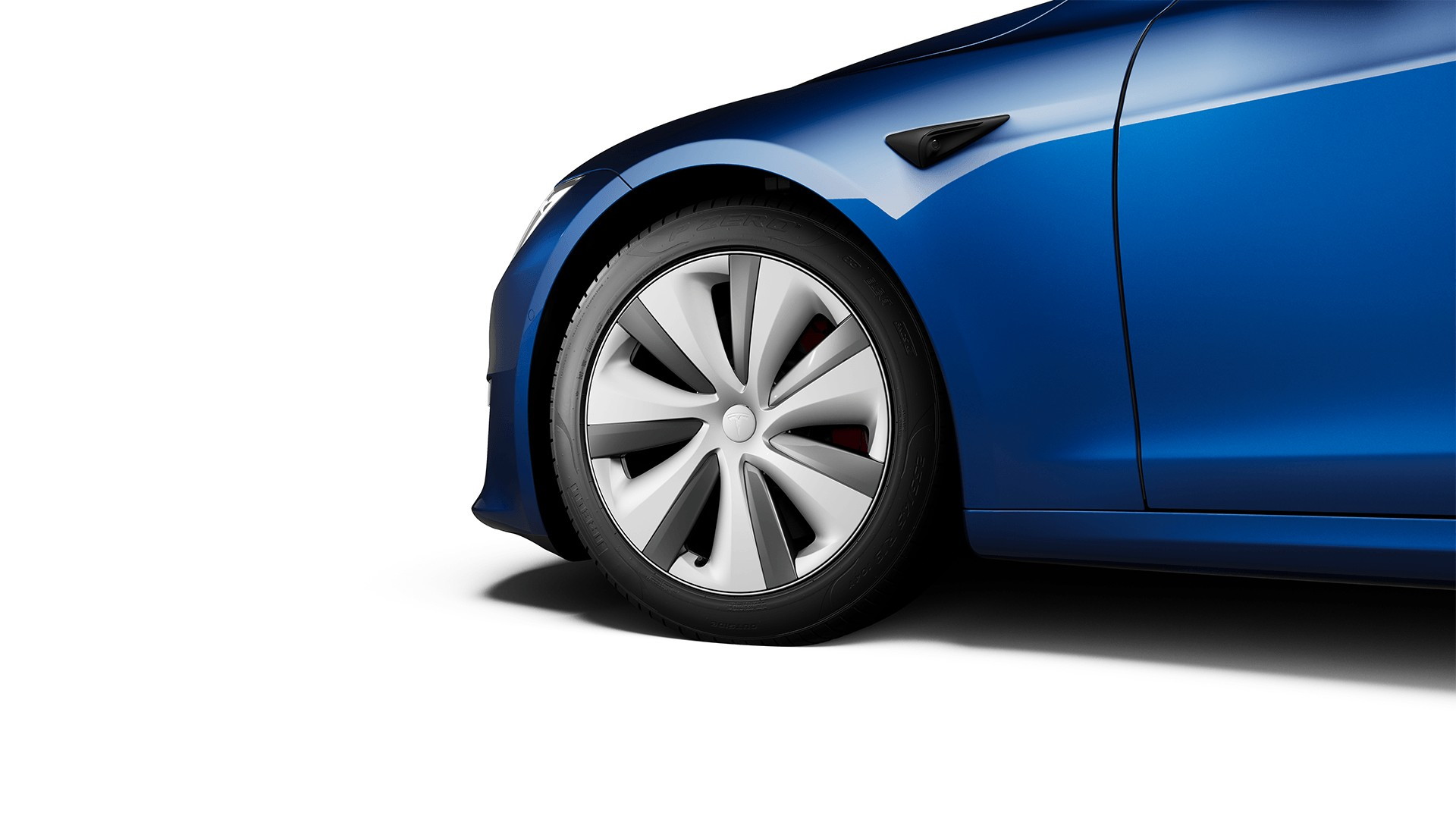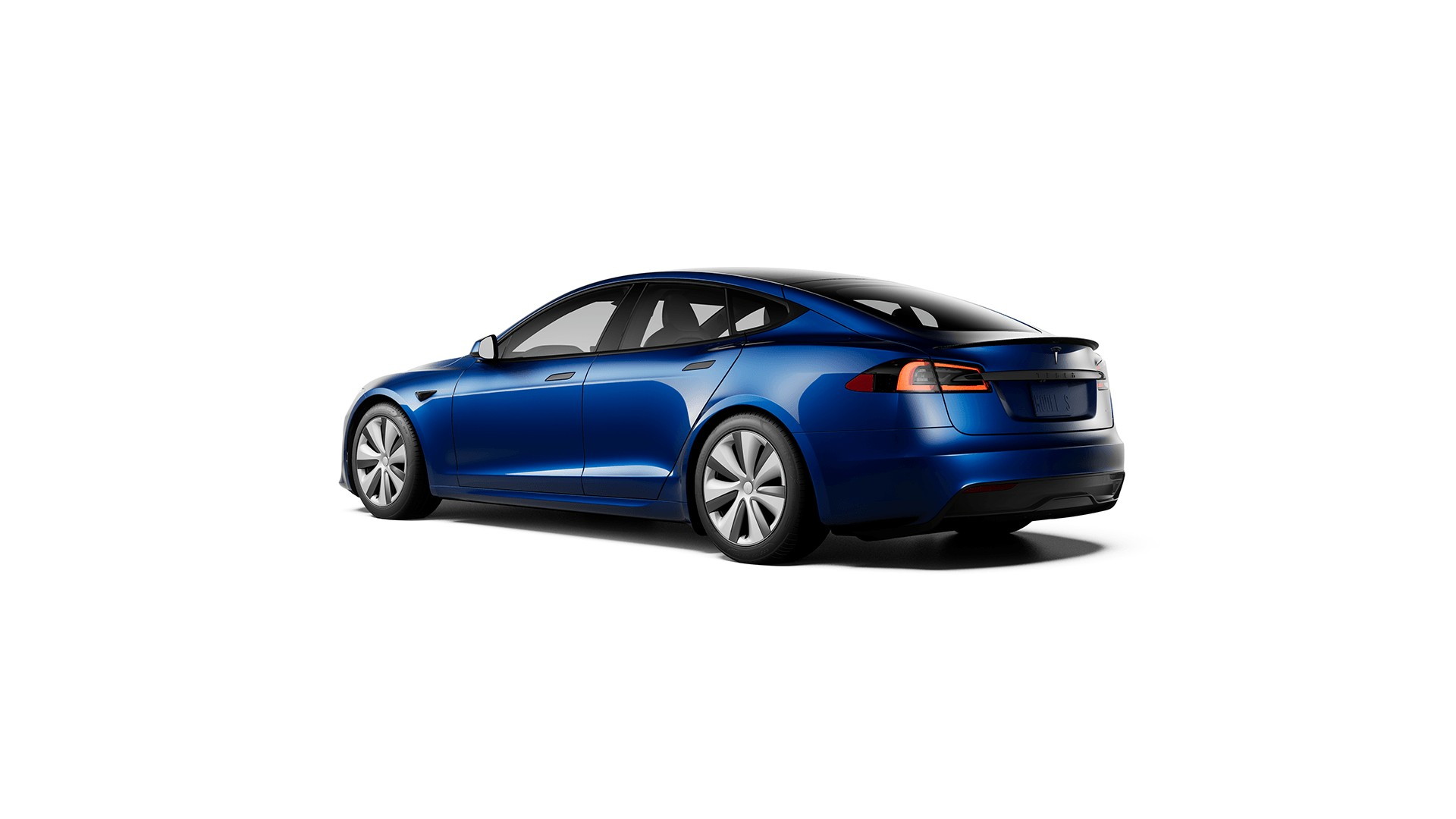In a Tesla Model Y or Model 3 that is in some respects a glimpse of the future of motoring, you’ll find something surprising: a version of the same old cumbersome 12-volt lead-acid battery—that you’ll have to replace after some years of use.
That’s finally due to change with the introduction of the revamped Model S and Model X due for deliveries within months. Earlier this week, in a conversation with Sandy Munro, Tesla CEO Elon Musk revealed that with the Model S and Model X the carmaker will at last be transitioning to lithium-ion accessory batteries.
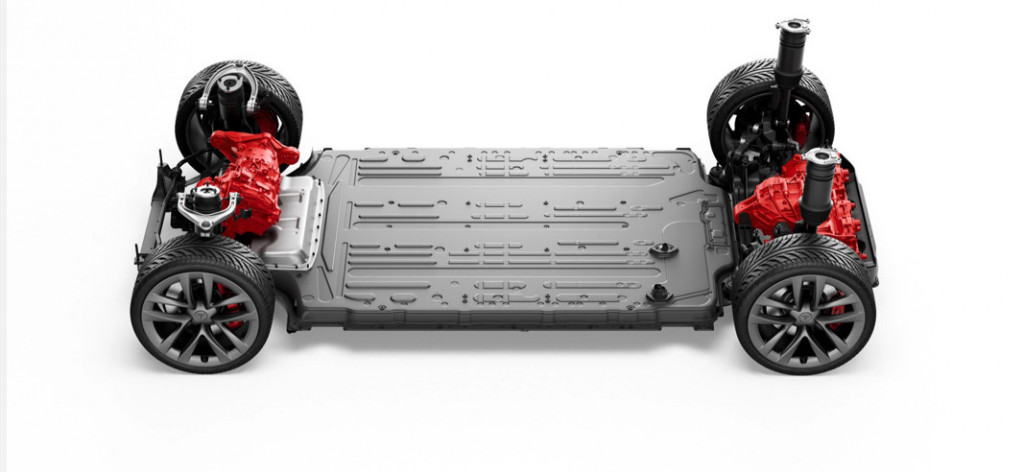
2021 Tesla Model S Plaid+
Musk didn’t detail where the battery is located, but he says that it has way more capacity, and for once it matches the cycle life of the main pack. “We should have done it before, but it’s great that we’re doing it now,” he said, calling it an inside-baseball victory that’s a big deal.
Tesla isn’t the first one to migrate away from lead-acid. Hyundai has for several years offered a lithium-ion accessory battery on its hybrid models, starting with the 2017 Ioniq Hybrid, that is essentially a “partition,” adjacent to the main hybrid battery—subject to the same cooling, yet fully independent. An Auxiliary Battery Saver allows you to quickly channel a jumper-cable-like boost from the main battery if needed, with the press of a button.

2017 Hyundai Ioniq
Why doesn’t it offer such a setup on its hybrids but not its fully electric vehicles? The answer Green Car Reports got was that in its EVs built on a shared ICE platform, it needed to prioritize space for the traction battery. But you can bet the dedicated EVs from Hyundai arriving later this year on its dedicated E-GMP platform will have it.
There is one major concession here: that the accessory battery remains 12V. Musk suggested, as many, many other executives in the industry have, that the base-voltage solution should be around 48V—approximately, he said, the voltage of powered ethernet that might act as the vehicle backbone.

1914 Detroit Electric car, Schenectady, NY, June 2011 - original lead-acid batteries
That’s a bigger battle inside the industry, actually, as what makes sense for the future plays against the legacy—and economies of scale—of bulk-producing components and switches for the 12V ecosystem. Until then many vehicles will operate effectively with band-aids underneath permitting multiple voltages for various systems.
After a false start two decades ago in which suppliers attempted to band together to reset the base voltage to 42V—something Musk might have liked—perhaps this time around with Tesla and other major automakers with EV platforms leading, the industry might decide to embrace this change.
